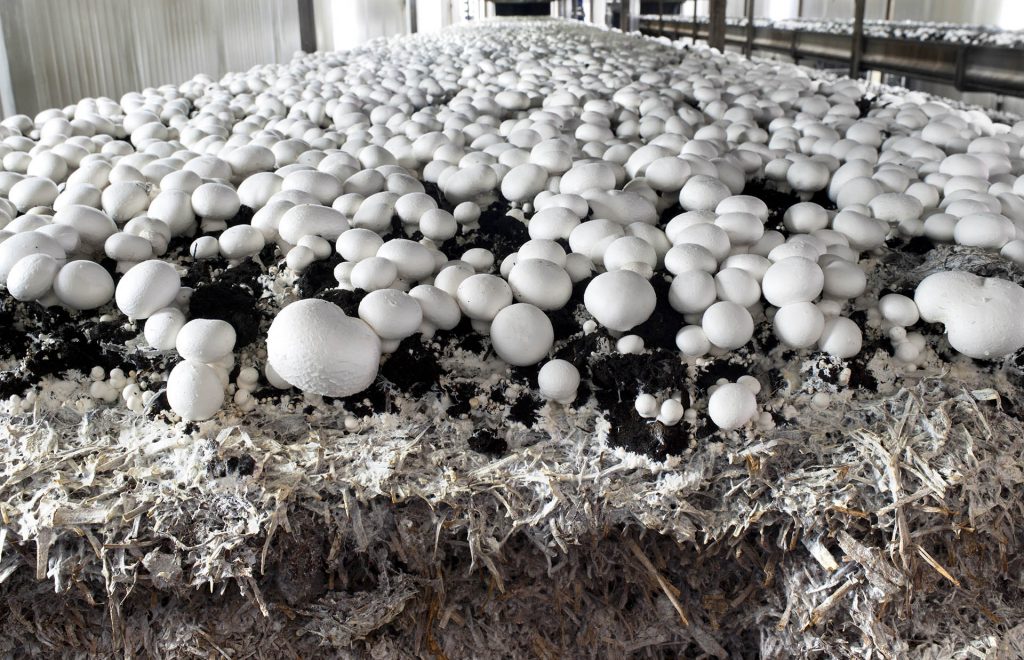Sunflower farming in Kenya is quickly gaining popularity among small-scale farmers. With minimal input costs, fast maturity, and growing demand, this crop offers great returns.
It does well in most parts of the country and can be grown alongside maize or beans. Sunflowers are used to produce cooking oil, cosmetics, soaps, and even animal feed, making the market for this crop very diverse.
If you’re looking for a profitable and adaptable agribusiness venture, sunflower farming is a great choice. This guide takes you through everything you need to know about sunflower farming in Kenya.

Sunflower Farming In Kenya Step by Step
Sunflowers grow well in areas with moderate rainfall and slightly acidic soil. In Kenya, they thrive in both lowland and highland regions. The plant matures in about three to four months, meaning farmers can harvest and sell quickly.
Most importantly, the demand for sunflower oil and animal feed is increasing, making sunflower a reliable cash crop.
Best Regions and Ideal Growing Conditions
Kenya has several regions that support successful sunflower farming. The main growing zones include:
- Meru
- Homabay
- Bungoma
- Kakamega
- Kajiado
- Parts of the North Rift
- Coastal areas
These areas meet the key ecological needs of the sunflower plant:
- Rainfall: Requires about 450mm per season.
- Altitude: Grows at 0 to 2,600 meters above sea level.
- Soil: Prefers well-drained, slightly acidic soils with a pH between 6.0 and 7.5.
Before planting, prepare the land early and break it down to a fine tilth. Use well-decomposed farmyard manure to enrich the soil.
Sow seeds directly into the soil once rains begin. Plant 3–5 seeds per hole, spaced about 1–2 inches apart. Cover lightly and ensure the soil remains moist until germination.

Recommended Varieties and Crop Care
Kenya has several sunflower varieties that adapt well to different climates. Some of the top-performing types include:
- H 893
- H 008
- H 894
- H 8938
- H 8998
- H 001
- H 898
- Kensun 22
- Kenya Fedha
- Kenya Shaba
- Kensun 33
Farmers can buy certified seeds from registered seed companies across Kenya. Certified seeds have better disease resistance and yield more.
Pests and diseases can affect sunflowers, but they’re manageable. Watch out for:
- Cutworms
- African bollworms
- Semi loopers
Spray the recommended pesticides to manage these pests. Consult agricultural officers for guidance on safe and effective options.
Diseases like charcoal rot, sunflower rust, sclerotinia wilt, and downey mildew are common. To reduce infections:
- Use certified seeds
- Rotate with non-susceptible crops
- Apply approved fungicides
Healthy sunflowers will grow straight, tall, and produce large heads filled with seeds.
Harvesting and Selling Sunflower in Kenya
Sunflowers are ready to harvest within 90 to 120 days after planting, depending on the variety. Harvesting begins when the back of the flower head turns yellow or brown, and the seeds start to loosen.
Cut the heads manually and dry them by hanging upside down on the stalk or a drying rack. Once dry, seeds are removed and stored in a cool, dry place. Make sure the seeds are clean and moisture-free to avoid spoilage.
Sunflower seeds have a high market value. They are mainly sold to:
- Cooking oil manufacturers
- Cosmetic and soap companies
- Animal feed processors
Sunflower oil is healthier than most cooking oils and is in high demand among health-conscious consumers. Farmers who process and package their own oil can earn even more.
Besides oil, sunflower leaves and heads can be used as livestock fodder. Selling to dairy farmers adds another stream of income.
To succeed, connect with local buyers and cooperatives. You can also link up with small-scale processors or partner with NGOs supporting oilseed crops.






































